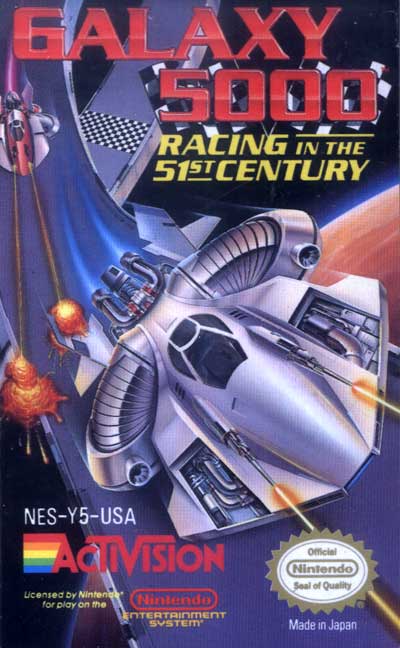

28, 2017, address to Congress in which he hinted at a resumption of crewed space exploration, the public obviously considers human participants to be indispensable, so much so that a loss of life can almost destroy a space program, as happened with the space shuttle program after two human catastrophes. What a cheapskateĮlon Musk’s burst of charitable giving is less than a tenth of a penny per dollar of his vast fortune.Īs I observed after Trump’s Feb. The reason is that once humans are aboard, their safety becomes the paramount concern of the mission, driving up its cost exponentially.īusiness Column: Elon Musk is giving $150 million to charity. Those projects cost a mere fraction of what it would have taken to send humans to Mars, even if that were technically possible. They were preceded by Spirit and Opportunity, which were launched in 2003 and landed the following year. 18, about seven months after its uncrewed launch, and Curiosity, which landed in 2012 and is still sending photographs our way. They include NASA’s Perseverance rover, which landed on the red planet on Feb. The most spectacular gains in knowledge about Mars, for instance, have been provided by by robots. It’s become a bit of a cliche to say that we should be spending more on the fight against global warming, but NASA projects have contributed immeasurably to Earth science - at least until congressional conservatives steered the agency away from those projects so it could spend more on interplanetary exploration.Īlmost every goal cited for crewed spaceflight, Weinberg observed, could be performed today more efficiently and more cheaply by uncrewed flights. The real danger of thrill-seeking via spaceship is that it distracts from problems here on the ground.

In recent decades it has been fostered by “2001: A Space Odyssey,” “Star Trek” and “Star Wars,” and “The Martian.” The glamour of life in space has been part of popular culture for the better part of a century. ProPublica’s tax investigation shows why billionaires should be taxed on their wealth. It’s very emotional to see this Earth, to see the thin limit of the atmosphere.”īusiness Column: More proof that a wealth tax on billionaires is desperately needed “All the astronauts come back with stories like that. “Everybody says that when you go to space, it changes you,” Bezos said at that 2017 event. living and working in space,” but its shorter-term goal is to ferry passengers on flights of 10 minutes or so, during which they can experience about three minutes of weightlessness and perhaps get an inspiring glimpse of Earth from afar. The Bezos and Branson flights are quite evidently designed to pump up the appeal of their companies’ nascent space tourism businesses.īlue Origin says its ultimate goal is to support “millions of people. That’s still the case - in 2017, the theme was picked up by Donald Trump, though it suffered the fate of so many other ventures of the Trump White House, subsumed into Trump’s usual miasma of boredom. As physicist Steven Weinberg observed way back in 2004, “NASA administrators, astronauts, aerospace contractors, and politicians typically find manned space flight just wonderful.” Since then, the practical rationale for human spaceflight has only receded. (By then, of course, the Soviet Union had already sent cosmonaut Yuri Gagarin into orbit.) The suborbital, up-and-then-back-down-again flights scheduled by Blue Origin will just barely reach the altitude generally regarded as the edge of space, 100 kilometers or about 62 miles Virgin’s will fall about 12 miles short of that point.Īs for advancing the science of spaceflight, it’s proper to note that the achievement of suborbital spaceflight was reached by the first launch of Project Mercury, with Alan Shepard aboard the Freedom 7 capsule - 60 years ago. The space shuttle, NASA’s follow-up to projects Mercury, Gemini and Apollo, never seemed to capture the public imagination as did those earlier programs aimed at landing on the moon.

After that, anomie set in, broken now and then by upsurges in talk of further crewed voyages to the moon and a new quest to place astronauts on Mars. The arrangement was the first step in a PR blitz that kept the space program at the forefront of American voters’ consciousness through successes and failures, right up to the moon landing of July 20, 1969.


 0 kommentar(er)
0 kommentar(er)
